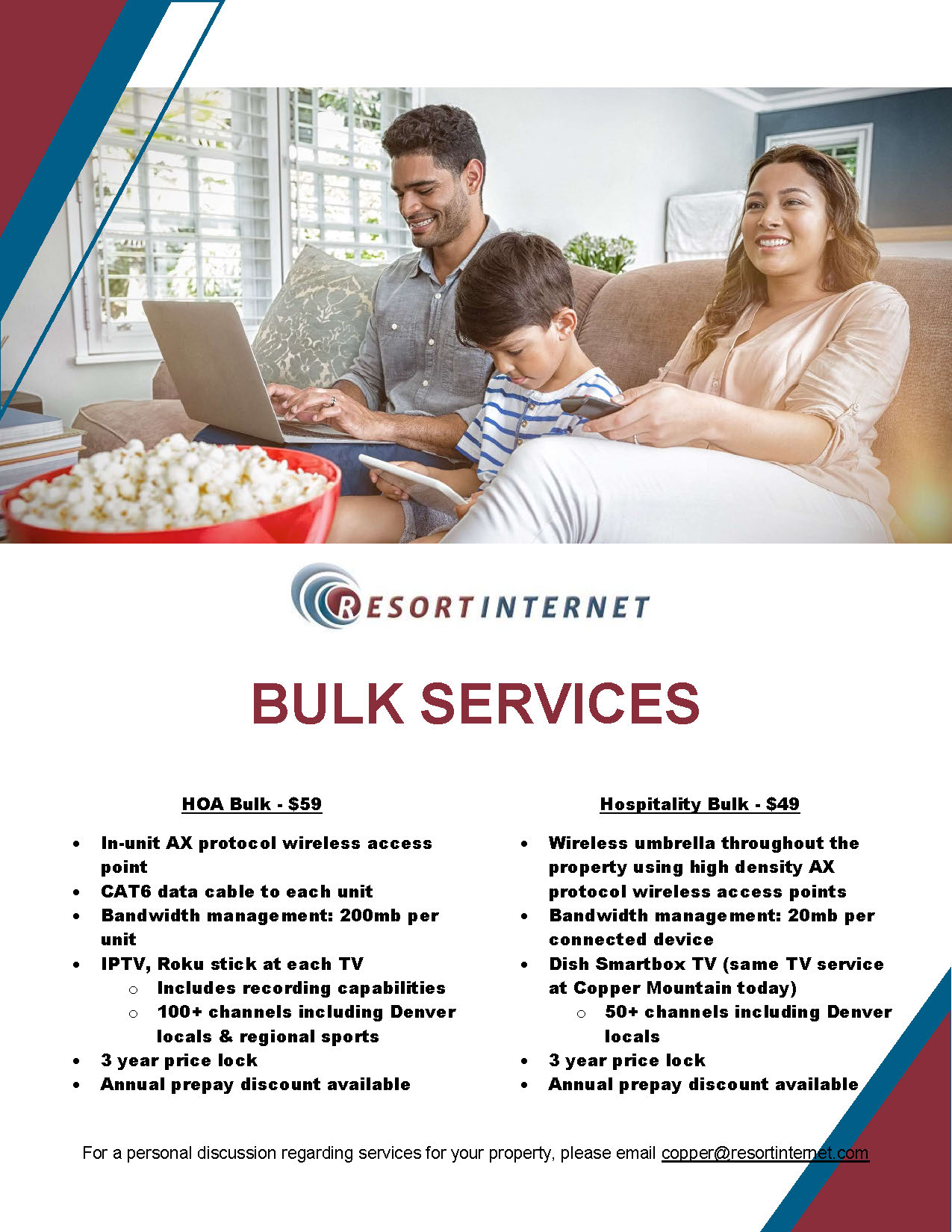Exploring the Advantages and Challenges of Deploying Mass Online Solutions in Multi-Dwelling Buildings
Wiki Article
Introducing mass internet solutions in multi-unit properties can offer multiple benefits for property owners and tenants. Collective online services mean fast online connections that are supplied to all dwellings within a building at a set rate. This strategy can improve the total living quality for residents by providing that everyone has access to dependable internet connectivity. With the growing reliance on the web for work, learning, and entertainment, having a reliable link is crucial. Property owners can also profit from offering these solutions, as it can make their buildings more attractive to future tenants.

One of the primary advantages of bulk internet solutions is cost savings. When internet connectivity is offered in bulk, building managers can secure better rates with online connectivity companies. This can lead to lower costs for tenants compared to individual subscriptions. Additionally, tenants do not have to worry about setting up their personal online connectivity, which can be a time-consuming task. Instead, they can have immediate access to fast online as soon as occupying. This ease can be a significant feature for prospective residents, making the property more attractive in the leasing sector.
Another advantage of collective online services is better connectivity. In many cases, individual internet connections can result in slower performance and unreliable service, especially in more extensive buildings where many residents are connected at the same time. Collective solutions typically offer higher bandwidth, which means that all residents can experience rapid and reliable internet access. This is notably vital for households with several gadgets or for people who work from home. A reliable internet connection can improve productivity and general satisfaction for residents, rendering it a important aspect of MDU buildings.
However, introducing collective online solutions also comes with obstacles. One of the key issues is the initial setup cost. Property managers may need to allocate funds for structural improvements to facilitate rapid online across the property. This can involve putting in place additional cabling, modems, and additional devices. While these expenses can be counterbalanced by the extended savings and enhanced property value, they can be a barrier for some property managers. Additionally, ongoing support and assistance for the online connectivity must be factored in, as tenants will anticipate dependable service and prompt resolutions internet service for multi family housing to any issues that arise.
Another issue is making sure that the internet connectivity satisfies the diverse requirements of all residents. Various tenants may have varying online usage patterns, from casual surfing to heavy viewing or gaming. Property owners must partner with online service companies to confirm that the service can satisfy these different needs. This may require offering various levels of service or additional options, such as Wi-Fi in shared areas. Balancing the needs of all tenants while managing costs can be a challenging task, but it is vital for the success of bulk online services in multi-dwelling unit properties.